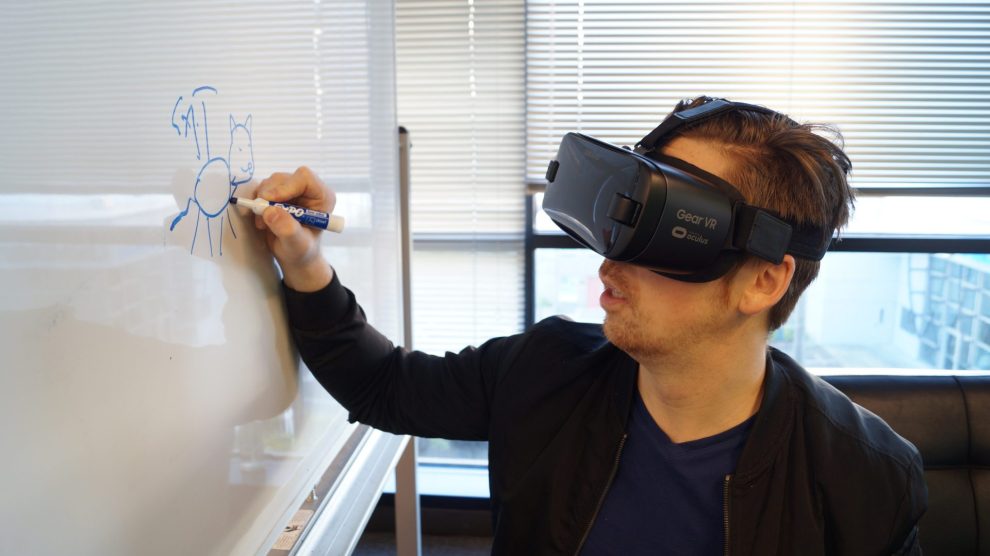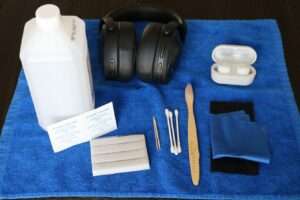Breaking into the exciting world of VR/AR development and contributing to leading-edge tech requires a blend of passion, technical skills, and strategic planning.
Here’s a roadmap to help you navigate your journey:
Solidify Your Foundations
Choose Your Path: VR or AR?
First, decide whether you’re more interested in VR (virtual reality) or AR (augmented reality) development, or if you want to be versatile in both. This will guide your specific learning path.
- VR transports users to entirely computer-generated worlds, like games or simulations.
- AR overlays digital information onto the real world, such as Pokémon Go or instruction manuals projected onto equipment.
Both offer awesome career opportunities, so focus on the area that excites you most!
Master Core Programming Languages
Get comfortable with languages like C++, C#, or Java, as they form the backbone of most VR/AR development tools and engines. Understanding object-oriented programming principles is crucial.
Dive into 3D Graphics & Game Development
Familiarize yourself with 3D modeling, animation, and game engine basics (e.g. Unity, Unreal Engine). These skills are essential for creating immersive and interactive VR/AR experiences.
Learn VR/AR Specific Tools & Platforms
Once you have the fundamentals, delve into VR/AR-specific platforms like Unity XR, Unreal Engine VR, or ARKit/ARCore. Explore their functionalities and best practices.
Boost Your Expertise
Online Courses & Tutorials
Numerous online resources offer in-depth VR/AR development courses, tutorials, and certifications. Platforms like Coursera, Udacity, and Udemy provide structured learning paths.
Virtual Reality Bootcamps
Consider immersive bootcamps that provide intensive training in VR/AR development over a shorter period, often with career support and industry connections.
Personal Projects & Experimentation
Build your own VR/AR projects to solidify your learning and showcase your skills. Start small and gradually increase complexity as you gain experience.
Contribute to Open-Source Projects
Participating in open-source VR/AR projects allows you to collaborate with experienced developers, learn from their code, and build your portfolio.

Network & Build Your Portfolio
Attend Industry Events & Conferences
Actively participate in VR/AR meetups, conferences, and hackathons to connect with professionals, learn about latest trends, and showcase your work.
Join Online Communities
Engage in online forums, groups, and social media communities dedicated to VR/AR development. Share your projects, ask questions, and learn from others.
Build a Strong Online Presence
Create a professional website or portfolio showcasing your VR/AR skills and projects. Share relevant content on social media to establish yourself as an expert.
Target Leading-Edge Companies
Research companies at the forefront of VR/AR development and tailor your applications and outreach to highlight your specific skills and interest in their work.
Additional Tips
- Stay updated: The VR/AR landscape is constantly evolving. Keep yourself informed through industry publications, online resources, and events.
- Develop soft skills: Communication, teamwork, problem-solving and creativity are crucial for any development role. Hone these skills to stand out.
- Be patient & persistent: Building a successful VR/AR career takes dedication. Don’t get discouraged by setbacks – keep learning and improving.
Remember, passion and a proactive approach are key to unlocking your potential in this exciting field.
By following these steps, you can equip yourself with the necessary skills, build a strong foundation, and become a valuable asset to leading-edge VR/AR companies shaping the future of immersive technologies.
















Add Comment